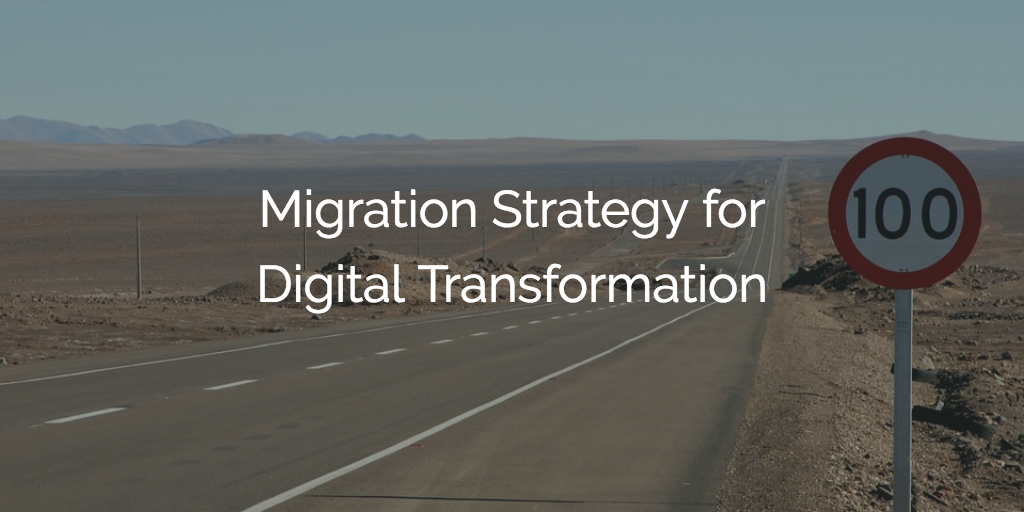December 23, 1975: a date which will live in apathy.
That’s the day President Gerald Ford signed the Metric Conversion Act to make the metric system “the preferred system of weights and measures for United States.”
So why don’t we use kilograms and meters like the rest of the world? Because change management is hard!
And the bigger and more entrenched the systems you try to improve, the more difficult it is to overcome the inertia of your established systems and processes. Despite that fact, we’re in a current business climate where most large, established companies are recognizing the need to “adapt or die.”
The Pros and Cons of Digital Transformation
Many enterprises are engaged in digital transformation programs as they retool their environments for a more automated and digitally connected world. However, the transition from current state to digital utopia can be fraught with change management obstacles. And comes with good news and bad news. The good news is users are getting access to more and improved applications. The bad news is twofold: First, users have to live through a difficult transition from legacy to new applications. Second, as we move to more best-of-breed SaaS solutions, users may find themselves looking in a lot of places to get the data to do their jobs.
These new applications are great at their functions, but the problem is modern decision making almost always requires data from multiple sources. To make information useful and actionable, it needs to be in a platform that not only brings together data from disparate applications but drives action based on that data.
That’s why a robust digital transformation strategy includes a migration strategy to insure we don’t break the business while we’re trying to make it better.
“A Single Pane of Glass” Strategy
One technique savvy IT leaders can employ is to create a layer of abstraction between users and the underlying applications performing specific functions. By providing a “single pane of glass” we can insulate users from changes in the application landscape and mitigate the transition risks inherent in any significant transformation. If that platform is not just a dashboard but also drives workflow based on rules and predictive analytics, we can achieve true actionable intelligence to harness the full power of disparate data sources.
What does that look like in practice?
For example, Gainsight provides just such a platform for orchestrating the customer journey, combining data from many sources to provide a single view and driving actions across Account, Customer Success, Sales, and Support teams. As part of the migration strategy for digital transformation, Gainsight can ease the swap out of legacy applications and the introduction of new applications and data sources. From the user’s perspective, they are simply seeing new or improved data sources with no disruption to their day-to-day work over what could be a multi-year transformation journey. The UI and overall user experience remains largely unchanged despite potentially massive changes that may be happening in the application landscape.
Mergers & Acquisitions Migration Strategy
Even though we’ve mostly covered digital transformation as an impetus for this kind of migration event, I wanted to take a second to acknowledge that another very common driver of data migration is in the case of mergers & acquisitions (M&A).
M&A, however, can present other challenges compared to digital transformation. Obviously, M&A are tremendously strategic for companies. Unfortunately, data cleanliness and accessibility aren’t always part of that strategy. Getting the data sources from two separate internal organizations orchestrated together is a challenge—now try doing it with separate companies!
That’s why the single pane of glass can be so effective in the case of M&A. It takes what could be the most disruptive part of an incredibly disruptive process and makes it manageable for the people who rely on that data.
Undertaking change without careful consideration of change management is a recipe for disaster. Think about not just the future state of your digital enterprise but how you will get there without breaking the business along the way. This includes not just new technologies, but also change management, process redesign, and platforms that ease the transition by insulating users from the many systems changes needed.


